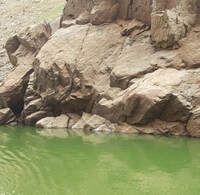 December 18, 2020 DWR Opens Lake Oroville Low Water Launch Ramp The Department of Water Resources (DWR) opened a temporary low water boat launch site at the Oroville Dam Spillway Boat Ramp area. This facility is currently the only way to launch trailered boats until 3:30 p.m. Thursday, Dec. 24. Declining water levels at Lake Oroville have temporarily placed the Loafer Creek, Lime Saddle, and Spillway boat ramps out of service. DWR construction at the Bidwell Canyon Boat Ramp area has temporarily prevented access to the lake at this location and the Spillway low water launch facility was opened to provide for boat launching and recovery until construction is completed at Bidwell Canyon. This gravel launch site will be available for use only by 4-wheel drive vehicles with experienced drivers. Signage will be placed to direct drivers to the appropriate launch and parking facilities. The Bidwell Canyon boat ramp is anticipated to open at 3:30 p.m. Thursday, Dec. 24, however construction-related complications could delay this schedule. Launching conditions are subject to change due to weather, changing lake levels, or other variables. For information, contact DWR at 916-213-5205. For more information on Lake Oroville’s water elevations, visit the California Data Exchange Center at https://cdec.water.ca.gov/, select the Reservoirs tab, and then Daily Reservoir Storage Summary. Lake Oroville is listed in the Feather River section. Photo: Workers prepare to pour concrete at Bidwell Canyon Stage II boat ramp access road Dec. 17. New paved parking lot in background. 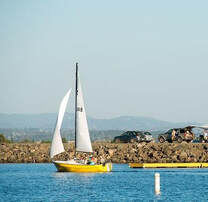 Oroville Recreation Visit the California Parks Lake Oroville State Recreation Area (LOSRA) webpage for information on facility status as well as requirements to protect public health during the COVID-19 pandemic. Many area trails offer hiking, biking, and horseback riding opportunities for viewing wildlife and the vistas of the Valley, Table Mountain, and the Diversion Pool. Information on trail restrictions and access status can be found on DWR’s interactive map on the Lake Oroville Recreation webpage. For information about the Oroville Wildlife Area, including the Thermalito Afterbay, visit the California Department of Fish and Wildlife webpage. The Enterprise, Stringtown, and Foreman Creek boat ramp areas, LOSRA campgrounds, and Lake Oroville Visitor Center remain closed. Photo: Equestrian trails offer outdoor exercise for both horse and rider. 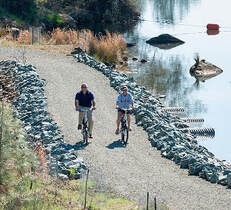 Tour the Feather River Fish Hatchery The Chinook salmon spawning season is over and thousands of students, along with many adults, missed their annual visit to the Feather River Fish Hatchery which remains closed due to the COVID-19 pandemic. DWR Lake Oroville Visitors Center Tour Guides conduct well over one hundred tours between September and November for elementary and junior high school classes. To continue this valuable education for 2020, DWR developed a virtual tour teachers can share with their students. The “tour” begins at the hatchery fish barrier dam and moves throughout the hatchery as it follows the route of a real-world tour, including a visit to the processing room where hatchery technicians remove the eggs and milt from the salmon and move the fertilized eggs to the incubator room. The video also shows the technicians as they take scale samples and measurements. The virtual tour concludes with a visit to the rearing channels where nearly half a million steelhead fry are kept until they are big enough to be released back into the river. The video has been distributed to teachers in the greater Butte County area and is available on DWR’s YouTube channel. Photo: Feather River Fish Hatchery ‘raceways’ where juvenile fish continue their growth before being released. 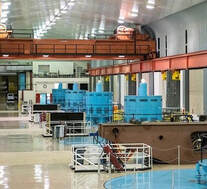 DWR Fuel Load Management Program DWR has resumed Fuel Load Management Plan (FLMP) projects to reduce wildfire risk, increase public safety, and enhance forest and watershed health around Lake Oroville. Projects include work at Loafer Creek State Recreation Area to remove ladder fuels, dead and dying vegetation, thin unhealthy overstocked trees, and overgrown vegetation which increases the intensity of wildfires. Previous FLMP projects in the Loafer Creek Recreation area have been identified as contributing to the slowing of the North Complex Fire as it approached Kelly Ridge, increasing firefighters’ ability to establish a secure fire line and preventing the fire from spreading forward. With help from area partners, approximately 660 acres have been manually thinned, re-thinned, grazed, and/or treated with prescribed fire since November 2012. DWR’s goal is to treat an additional 1,000 acres over the next five years. Photo: Grazing goats reduce vegetation at Lake Oroville’s Parrish Cove in 2019 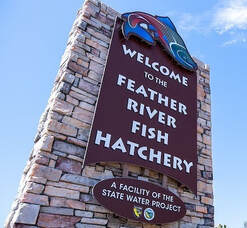 Fire Impacts to Lake Oroville DWR is a member of the “Watershed Working Group” (WWG), a multi-agency team led by the California Governor’s Office of Emergency Services (CalOES), evaluating and identifying areas of concern in the Feather River watershed affected by recent wildfires. DWR’s partnership with the National Weather Service informs DWR preparations when precipitation events are forecast. In concert with our partners in the “Watershed Working Group”, DWR is actively monitoring area forecasts and burn scar conditions for potential impacts to Lake Oroville. DWR’s water quality experts have expanded water sampling activities at Lake Oroville to monitor for algal blooms and other environmental concerns. The clearing of debris entering Lake Oroville is part of ongoing DWR maintenance of Lake Oroville. Additional work is planned to protect boaters and ensure safe operation of dam facilities. Photo: DWR water scientists take samples from Lake Oroville for testing Current Lake Operations The elevation of Oroville’s reservoir is about 700 feet and storage is about 1.25 million acre-feet. Currently, in the Northern Sierra Basin, rainfall is below average, at 38 percent of normal for this time of year and snowpack is also below average at 50 percent of normal. This weekend and early in the week of Dec. 21, there is a slight chance of lingering rain and snow in the higher elevations in the Feather River Basin. On Dec. 18, total releases to the Feather River were reduced to conserve storage and remain at 1,550 cfs to meet downstream Bay-Delta water quality and flow standards. The Feather River flows consist of 800 cfs through the Low Flow Channel adjacent to the City of Oroville, and 750 cfs from the Thermalito Afterbay Outlet (Outlet) for a total of 1,550 cfs for the Feather River’s high flow channel downstream of the Outlet. All data as of midnight 12/17/2020 How Are We Doing? Your completion of a short online survey (only six questions) will help DWR enhance current communication tools and develop new ones to ensure more comprehensive and transparent communication to the public. And you can always email comments to [email protected]. Your participation is very much appreciated! ### Know someone who would like to receive Community Updates? They can email their request to [email protected]. Comments are closed.
|
Archives
October 2023
Categories
All
|
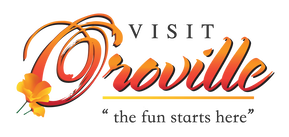
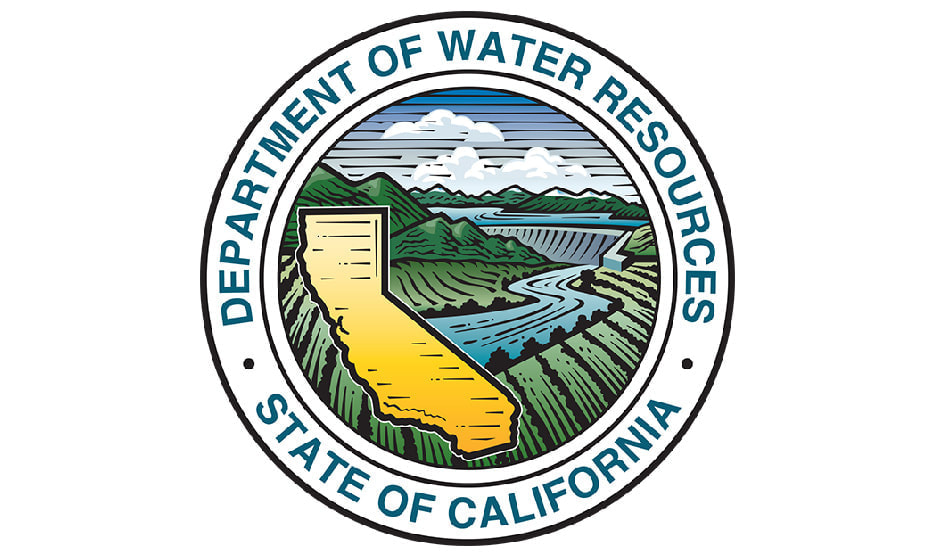
 RSS Feed
RSS Feed